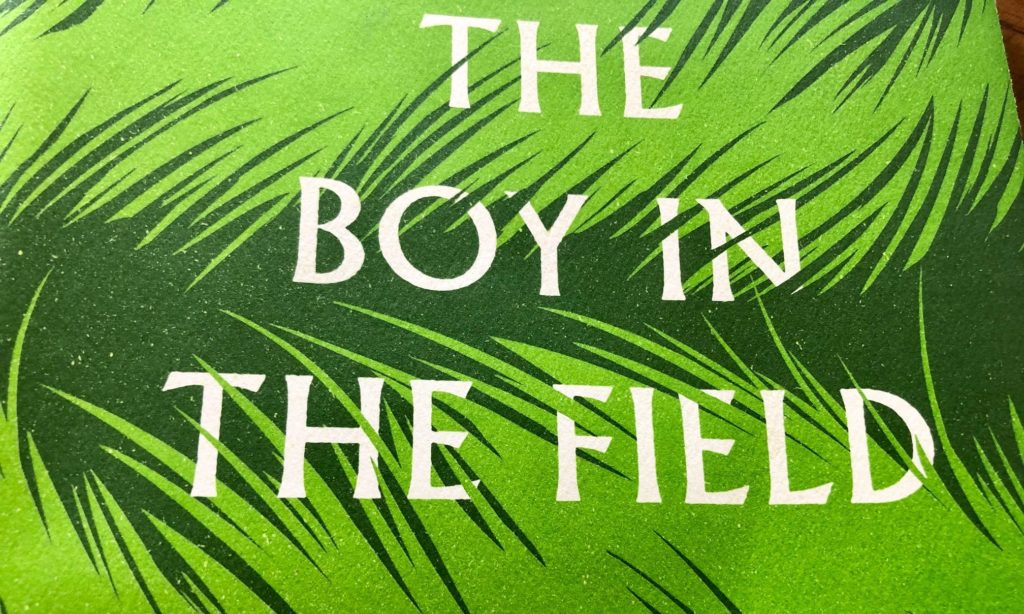It’s 1999.
A parent forgets to pick up his children after school, so they walk home. Along the way, they pass a field. In it lies a boy. Each of the three siblings, Matthew, Zoe, and Duncan, looks at the body of the boy with dark hair and pale skin, wearing a blue shirt, black shorts, and what looks like long red socks. Upon closer inspection, they realize that the boy is unconscious, his long socks blood. He is still warm, and not a boy exactly, and also not exactly a man.
Matthew, the oldest sibling, thinks to himself that the boy who isn’t a boy “could have been an illustration in a Victorian novel: The Weary Harvester. Rest after Toil. The Dreaming Poet.” Matthew wants to solve the mystery of the boy in the field, badly, and apprentices himself to detective work from that day forward. He tells his brother, Duncan, to go flag down a car and get an ambulance. Duncan, a budding artist, doesn’t want to leave the scene in the field and quickly commits it to memory so that he can paint it in different versions later. Their sister, Zoe, is also ignited by the scene: “Everything was warm and frightening.” Zoe’s brush with the passion and pain she sees in the figure of the boy in the field sets her on a path that leads her to future heartbreak and understanding.
Margot Livesey’s The Boy in the Field moves along in similar snapshots of action and reflection, alternating among the perspectives of each of the children for whom the discovery of this body captures an outsized amount of real estate in their respective minds and lives. While the precipitating event of the novel – a body in a field – is dramatic, in fact the book is about the myriad miniature and mostly internal dramas that take place on the mind’s private stage. Still, there are mysteries to solve in this book – just perhaps not the ones you might imagine given the set-up.
I loved The Boy in the Field precisely because it so perfectly communicates what is so often difficult to put into words — those small moments of terror, excitement, uncertainty, and certainty, when the clues we have been tracking or stumble upon somehow align themselves into meaning — for us, if not for others. The Boy in the Field is a masterwork of subjectivity, a world where the truth is far less important than our impressions and remembrances of it.

